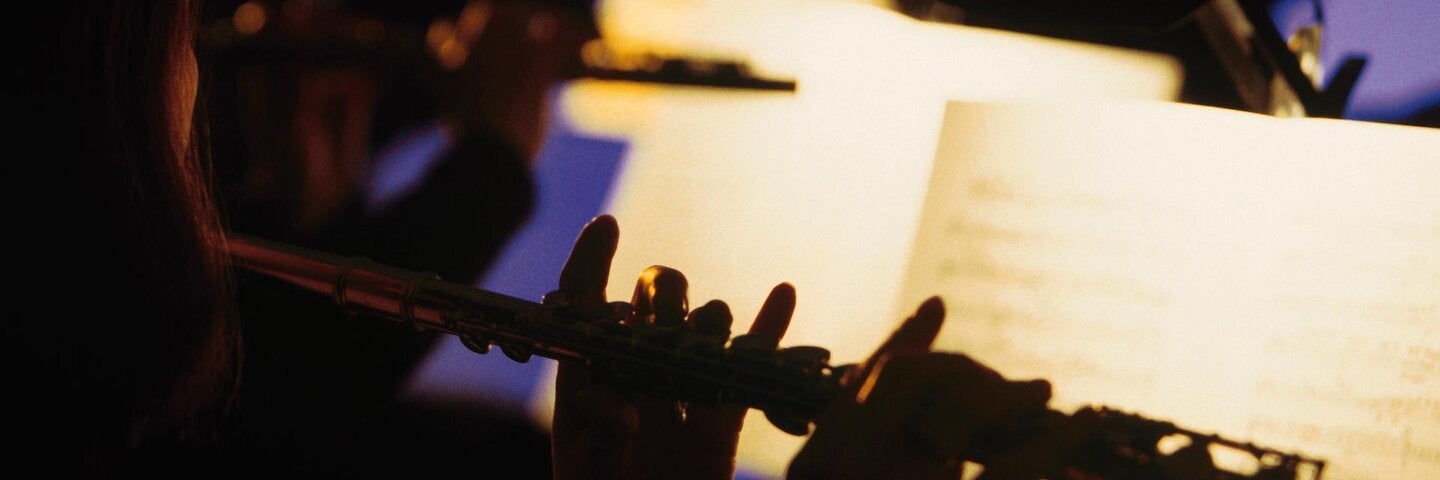Instrumentation and Introduction to Orchestration

Instrumentation and Introduction to Orchestration
MUSC X 483.43
Explore why musical instruments sound as they do, how their sound is produced, and the rudiments of combining those sounds together by learning the scoring techniques for each orchestral family.
Typically Available
Fall
Get More Info
What you can learn.
What you can learn.
Learn the characteristics of woodwinds, brass, strings, and percussion
Discover approaches for writing for different ensembles
Apply your knowledge of music fundamentals and orchestral score
Compose three short pieces
About This Course
Explore why musical instruments sound as they do, how their sound is produced, and the rudiments of combining those sounds together. Learn the characteristics and basic idiomatic scoring techniques for each orchestral instrument family (strings, woodwinds, brass and percussion), as well as approaches of writing for different ensembles. Coursework also includes a review of music fundamentals and how to read and study an orchestral score. Apply your knowledge by composing three short pieces to be played in class.
Prerequisites
The ability to read music, knowledge of music notation, and an understanding of the fundamentals of music theory. Basic working knowledge of a music notation program such as Sibelius, Finale, or Dorico is required, as students are required to produce and print music scores and instrumental parts for their assignments. Additionally, it is recommended to have any professional quality computer-based Digital Audio Workstation.
This course applies toward the following programs

Film Scoring
certificate
certificate
Learn the craft and business of creating original music for film, tv and more through hands-on practice.
Learn the craft and business of creating original music for film, tv and more through hands-on practice.

